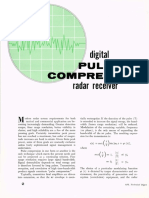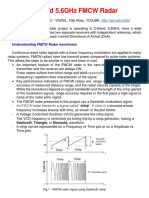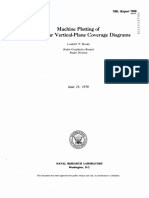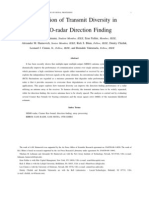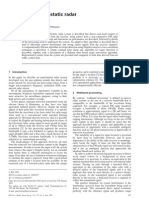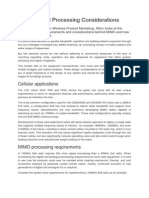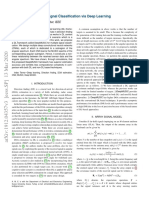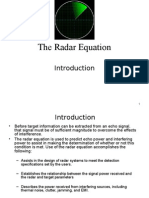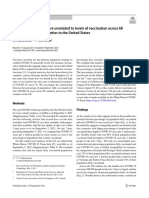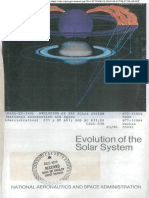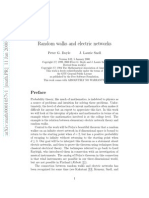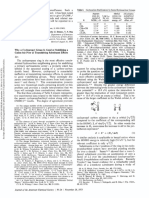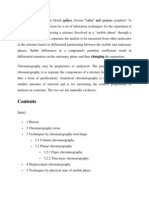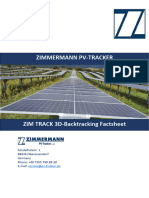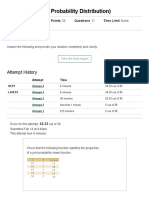0% found this document useful (0 votes)
189 views38 pagesRadar Ambiguity Function Guide
The document discusses the ambiguity function (AF), which describes the response of a matched filter to a signal with delays and Doppler shifts. It provides properties of the AF, including that it reaches its maximum at no delay/Doppler shift, has constant volume, and is symmetric. Linear frequency modulated (LFM) pulses, or chirps, are presented, including that their AF demonstrates delay-Doppler coupling but improved range resolution. Examples of chirp waveforms and their ambiguity functions are given.
Uploaded by
anon020202Copyright
© © All Rights Reserved
We take content rights seriously. If you suspect this is your content, claim it here.
Available Formats
Download as PPT, PDF, TXT or read online on Scribd
0% found this document useful (0 votes)
189 views38 pagesRadar Ambiguity Function Guide
The document discusses the ambiguity function (AF), which describes the response of a matched filter to a signal with delays and Doppler shifts. It provides properties of the AF, including that it reaches its maximum at no delay/Doppler shift, has constant volume, and is symmetric. Linear frequency modulated (LFM) pulses, or chirps, are presented, including that their AF demonstrates delay-Doppler coupling but improved range resolution. Examples of chirp waveforms and their ambiguity functions are given.
Uploaded by
anon020202Copyright
© © All Rights Reserved
We take content rights seriously. If you suspect this is your content, claim it here.
Available Formats
Download as PPT, PDF, TXT or read online on Scribd
/ 38


